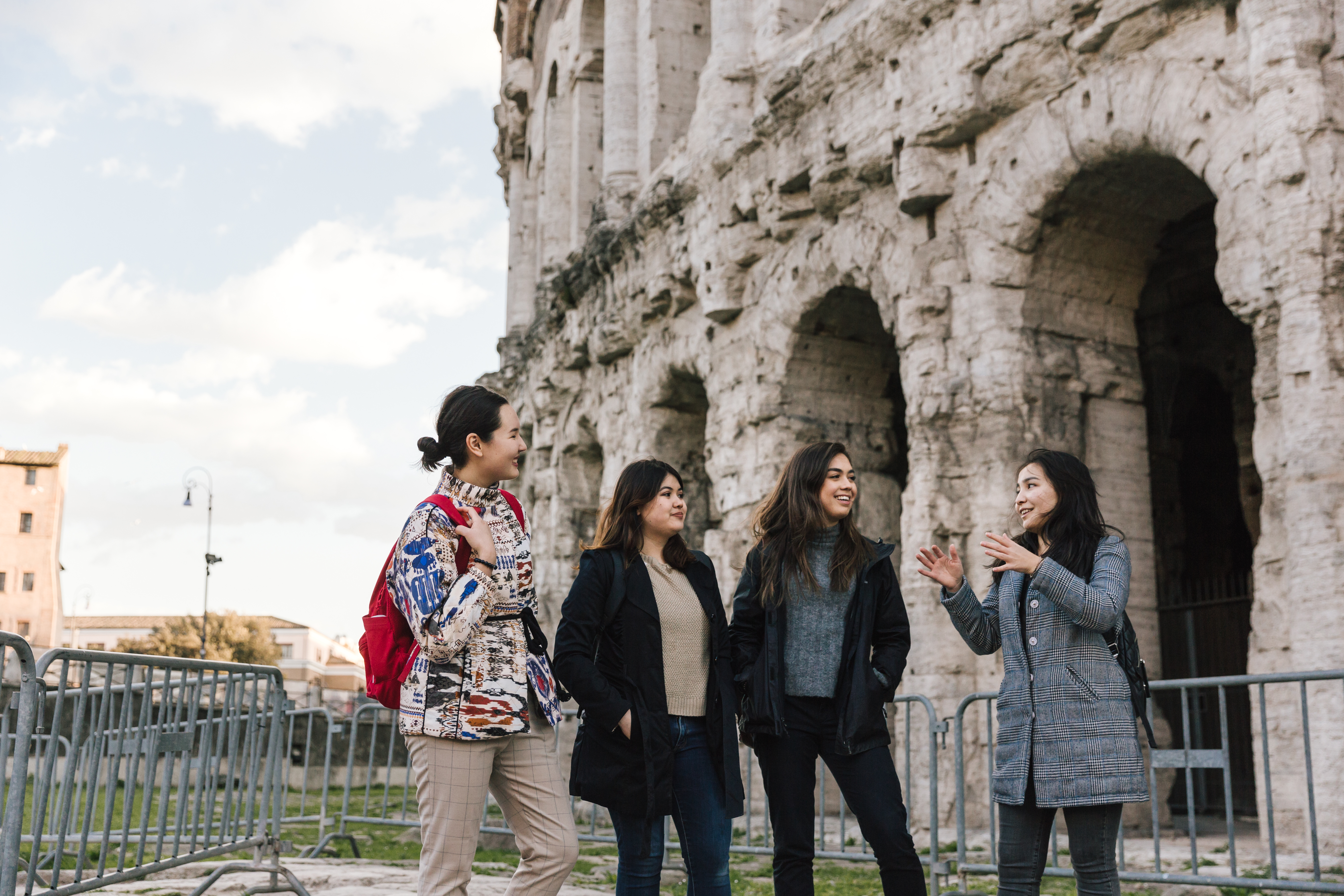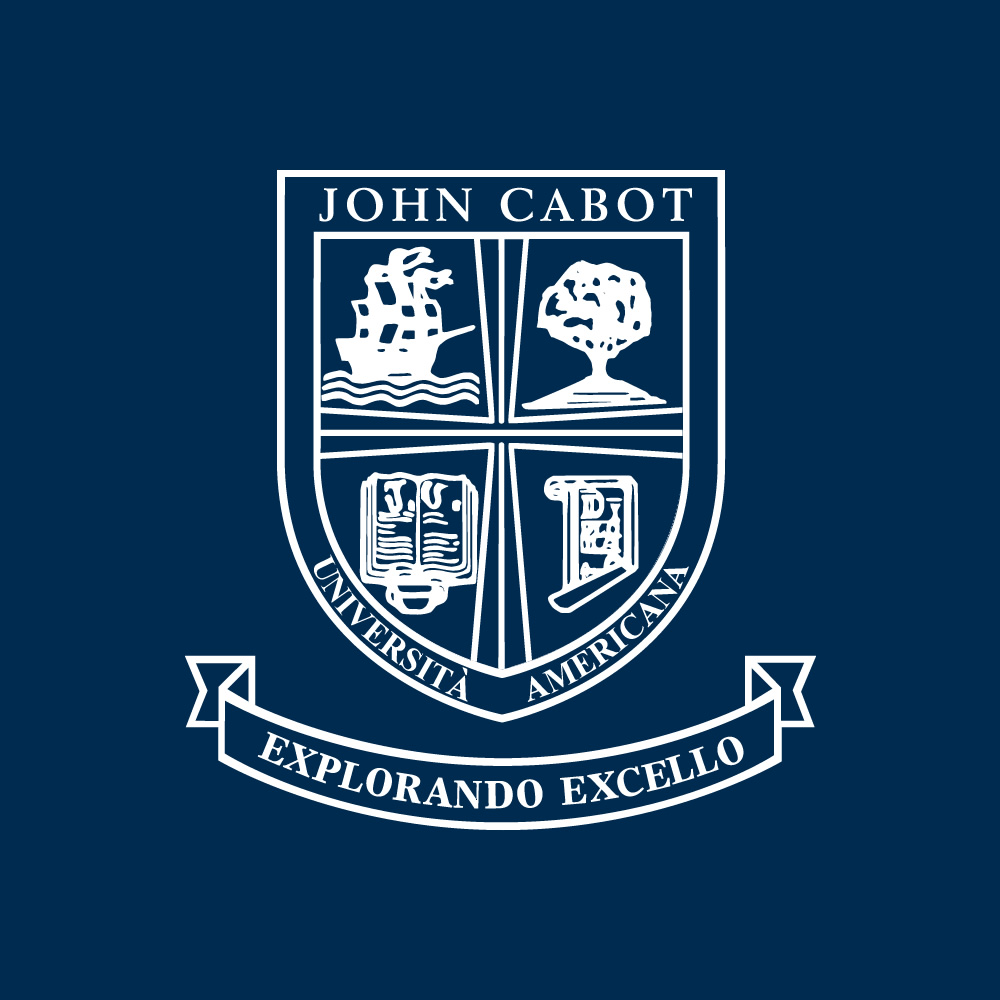

Students who study abroad in Italy have the unique opportunity to witness some of the greatest marvels of history first hand. John Cabot University’s newest addition to its fall course calendar, “Technology of the Ancient World: Aqueducts, Armor, and Automata” takes students on a tour of ancient Greek and Roman feats of infrastructure, hydraulic engineering, and military engineering. From JCU’s home-base in the heart of Rome, students will have the chance to visit the structures they study, including the Park of the Aqueducts, and bear witness to the technological wonders that inspired the modern city.
Infrastructure
The Romans were known for their excellent engineering of city infrastructure, and the hundreds of bridges, roads, and monuments still standing today are a testament to their excellent craftsmanship. One of the most famous examples of Roman infrastructure is still visible today - the Via Appia (the Appian Way). Students who study history in Italy know that this landmark stone road was constructed in the 4th century B.C. as a military supply and trade route. Stretching all the way from the Roman Forum to modern day Brindisi in the Puglia region, Via Appia played a central role in pivotal historical events, such as the crucifixion and brutal display of 6000 slaves during the revolt led by Spartacus in 75 B.C.
The Romans were also famous for their development of arched bridges, many which are still in use today, such as the Pons Fabricius. In fact, these bridges are so perfectly constructed that students continue to use them every day while exploring the city - without realizing just how old they truly are!
Hydraulic Engineering
It has been said that hydraulic engineering is the heart of Roman technology. To support the population of their large empire, ancient Romans developed the aqueducts system, which carried water from distant sources into the city for fountains and public baths.
While bath houses were intended to facilitate good hygiene and health, they were also designed to purify the mind. Students who study Art History in Italy will be fascinated by the intricate mosaics that line the floors, the high marble walls, and the statues that adorned these state-of-the-art public spaces. Some of these statues are still standing in ruins such as the Baths of Caracalla, located only a short distance from John Cabot University.
Military Technology
The empire’s investment in developing new military technology is one reason Rome was able to extend its power over so much of Europe. Students earning their Classical Studies degree may have already jumped on the opportunity to visit the Museo delle Mura (the Museum of the Walls), located inside the S. Sebastiano Gate in the Aurelian Walls. At eleven miles in length, these military walls are one the most impressive and well-preserved examples of Roman military might still standing today.
Many students who study ancient Rome are fascinated by the mighty Roman legionaries. These highly trained soldiers famously wielded spears that they would throw at enemies to disarm their shields – after which the legionaries would attack with a short sword invention called a gladius. Romans were also known for their technologically advanced warships, used for battle and for trade. Students who are interested in Roman naval activities can travel back in time with a day trip to Ostia, about 20 miles away from Rome and one of the oldest sea ports of the ancient world.
What fascinates you most about the technology of the Ancient Romans?




